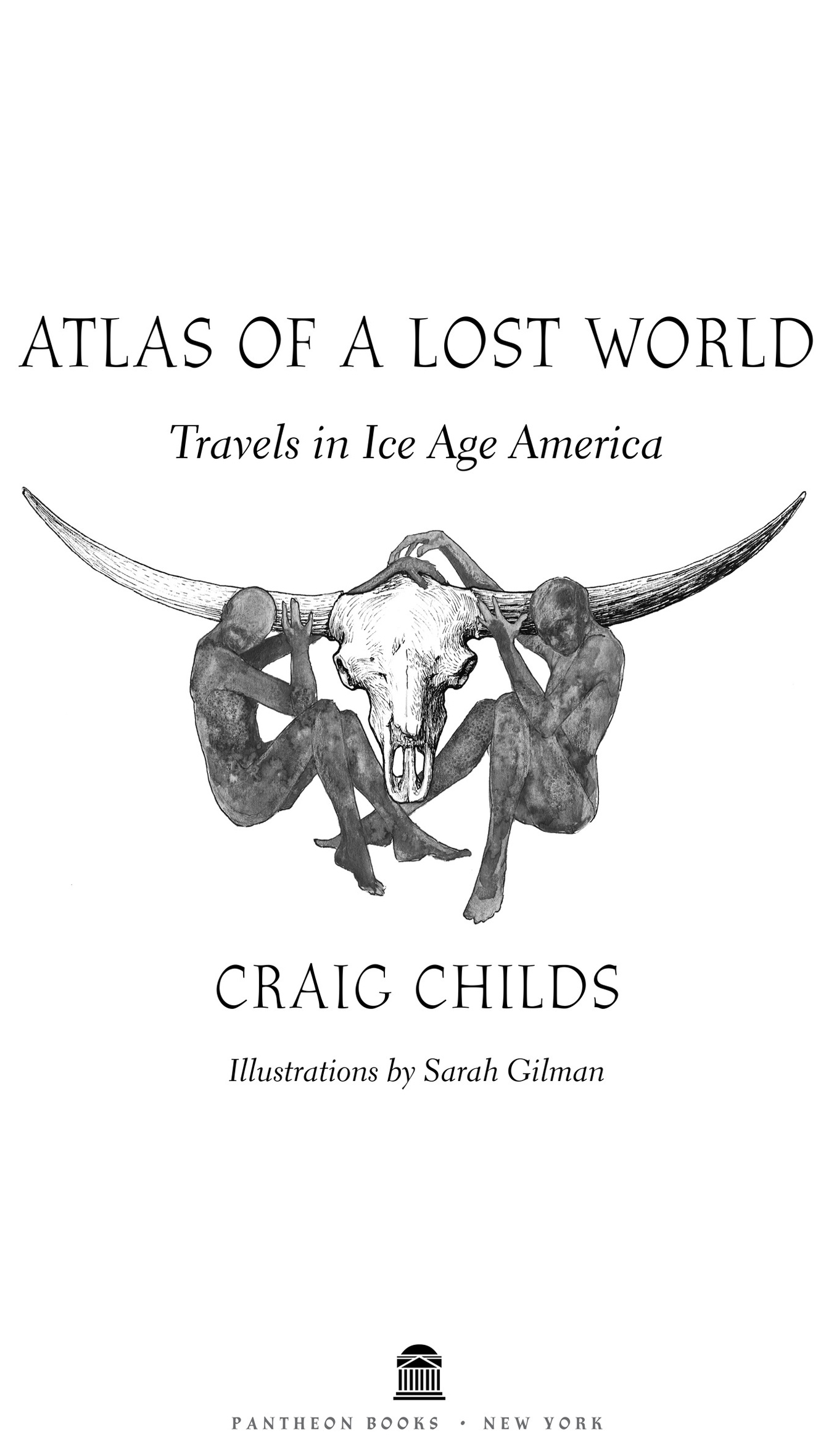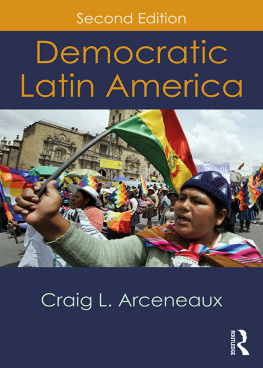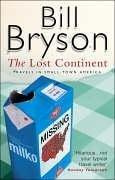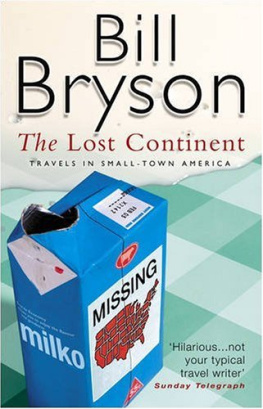Craig Childs - Atlas of a Lost World: Travels in Ice Age America
Here you can read online Craig Childs - Atlas of a Lost World: Travels in Ice Age America full text of the book (entire story) in english for free. Download pdf and epub, get meaning, cover and reviews about this ebook. year: 2018, publisher: Pantheon Books, genre: Detective and thriller. Description of the work, (preface) as well as reviews are available. Best literature library LitArk.com created for fans of good reading and offers a wide selection of genres:
Romance novel
Science fiction
Adventure
Detective
Science
History
Home and family
Prose
Art
Politics
Computer
Non-fiction
Religion
Business
Children
Humor
Choose a favorite category and find really read worthwhile books. Enjoy immersion in the world of imagination, feel the emotions of the characters or learn something new for yourself, make an fascinating discovery.

- Book:Atlas of a Lost World: Travels in Ice Age America
- Author:
- Publisher:Pantheon Books
- Genre:
- Year:2018
- Rating:5 / 5
- Favourites:Add to favourites
- Your mark:
- 100
- 1
- 2
- 3
- 4
- 5
Atlas of a Lost World: Travels in Ice Age America: summary, description and annotation
We offer to read an annotation, description, summary or preface (depends on what the author of the book "Atlas of a Lost World: Travels in Ice Age America" wrote himself). If you haven't found the necessary information about the book — write in the comments, we will try to find it.
Atlas of a Lost World: Travels in Ice Age America — read online for free the complete book (whole text) full work
Below is the text of the book, divided by pages. System saving the place of the last page read, allows you to conveniently read the book "Atlas of a Lost World: Travels in Ice Age America" online for free, without having to search again every time where you left off. Put a bookmark, and you can go to the page where you finished reading at any time.
Font size:
Interval:
Bookmark:

Apocalyptic Planet
Finders Keepers
The Animal Dialogues
House of Rain
The Way Out
Soul of Nowhere
The Secret Knowledge of Water

Copyright 2018 by Craig Childs
Illustrations copyright 2018 by Sarah Gilman
All rights reserved. Published in the United States by Pantheon Books, a division of Penguin Random House LLC, New York, and distributed in Canada by Random House of Canada, a division of Penguin Random House Canada Limited, Toronto.
Pantheon Books and colophon are registered trademarks of Penguin Random House LLC.
Grateful acknowledgment is made to Coffee House Press for permission to reprint an excerpt of Maps from Dark. Sweet. by Linda Hogan. Copyright 2014 by Linda Hogan. Reprinted by permission of Coffee House Press.
Library of Congress Cataloging-in-Publication Data
Name: Childs, Craig, [date] author.
Title: Atlas of a lost world : travels in ice age America / Craig Childs.
Description: New York : Pantheon, 2018.
Identifiers: LCCN 2017033037. ISBN 9780307908650 (hardcover). ISBN 9780307908667 (ebook).
Subjects: LCSH : Prehistoric peoples--North America. Paleo-Indians--North America. Glacial epoch--North America. Paleoecology--North America--Pleistocene. Mammals, Fossil--North America. BISAC : HISTORY /North America. SCIENCE /Paleontology. NATURE /Ecology.
Classification: LCC E 77.9 . C 55 2018. DDC 551.7/92--dc23. LC record available at lccn.loc.gov/2017033037
Ebook ISBN9780307908667
www.pantheonbooks.com
Cover design by Tyler Comrie
Map copyright 2018 by David Lindroth Inc.
v5.2
ep
For Sharon, the mom who whispered in my ear, Go
Its how they say
we arrived here, from a cave
in the beginning.
LINDA HOGAN

Nothing stirred in the bowels of the earth. Bones lay on bones in silence, a cave sealed shut, its entrance collapsed in the middle of the Pleistocene, the last geologic epoch before our own. Anything stuck inside never got out. The first inkling of new life was the white light of a headlamp and the scratch of small metal tools.
I lay on my side with my hard hat off, working on a camel that had died back here, an awkward place for anything to die, I thought. It was in a crack in the back side of a small chamber, which is why they gave the site to me. I was in my early thirties, base camp cook for a museum crew working on one of the most prolific Pleistocene bone-producing sites in the American WestPorcupine Cave in the mountains of south-central Coloradochurning out rodent bones for the most part, with the occasional hoorah of discovering skeletal cheetah kittens, the toe bones of horses, cores of bison horns. Elsewhere, a dozen excavators and screeners were pulling up a treasure trove of Pleistocene porcupines and squirrels, filling and labeling bags, while I was alone in a hole with Camelops hesternus. I imagined the camel crawling into the cave, its hindquarters slashed by sabertooths or hamstrung by dire wolves, trying to save itself, dying here.
When silver miners first blasted into the mountainside in the 1860s, they accidentally clipped one of the caves chambers. So they propped up the tunnel with wooden posts and beams. Then they dropped into it with their oil-wick lamps and found passageways, crystals, and domed roomsfloors buried in dust, bones sealed in place three hundred thousand years ago. Now, a ladder brought paleontologists down through the hole the miners opened. They moved through the rotten molasses smell of woodrat urine into the dark, crawling through low spots, pushing gear ahead, headlamps shining on each others boot soles. They went to their own trenches and pits, screens and vacuums, setting up grids, fingers picking through countless rodent bones. I went to the camel.
Animal bones had been dragged in by woodrats, though some skeletons, like that of the camel, were complete. The biggest mammals of the age were being found elsewhere, rock shelters and muddy pond bottoms holding the remains of mammoths, mastodons, giant bison, dire wolves, large fanged cats, sloths with foot-long claws, and a six-foot-tall beaver with incisors like medieval weapons. These creatures, including the camel, are known as Rancholabrean megafauna, named after copious Ice Age finds at the La Brea Tar Pits in Southern California, some of the largest mammals of the Pleistocene.
Gigantism among mammals is associated with cold. This is known as Bergmanns Rule, after the nineteenth-century German biologist Carl Bergmann, who noticed that the larger examples of most species tend to occupy colder climates, while the smaller tend to be found in warmer places. Warmth produces smaller bodies that expel heat, while cold encourages extra layers of big bones, muscle, fat, and fur, resulting in bodies with a smaller ratio of surface area to volume and a greater ability to hold in heat. Glacial periodslong cold spells that often lasted one hundred thousand years at a timewere frequent in the Pleistocene, when the earth on average dropped 10 to 15 degrees Fahrenheit below temperatures we experience today. This gave rise to animals with large bodies and Ice Age megafauna weighing a ton or more. The largest American mammoths came in at around ten tons, three tons more than the largest African elephants.
I was drawing slow circles around the eye of an animal that had once weighed about seventeen hundred pounds, just shy of a ton. I picked out pieces of yellowish earth from where one of its eyeballs had once rotated in its socket, seeing big cats coming, watching sunsets on glaciers and wind blowing across the lush intermountain grasslands.
None of the animals found in this cave had encountered a human being. The scientists joked about finding an artifact, a stone projectile, but it wouldnt happen. This camel never knew spears or hunting dogs, or the smell of campfires. The land from Alaska to the tip of South Americanine thousand latitudinal miles of mountains, rivers, plains, and coastlineshad no humans, no deliberately sharpened rocks or bones flaked and polished to a point. This was the last large habitable part of the world that the human race discovered, nobody arriving until the tail end of what is known as the Wisconsin Ice Age, a glacial period that lasted about one hundred thousand years and ended ten thousand years ago at the close of the Pleistocene. Neighboring Eurasia had been foraged by tool-wielding hominids for a million years or more. Early human species from Spain to Indonesia were cutting meat and skins with stone knives, building fires, sometimes burying their dead in caves and rockshelters, and duking it out with other hominids. All the while, nobody made it this far around the globe.
The first humans, anatomically modern Homo sapiens, left Africa between one hundred thousand and seventy thousand years ago. These people were nearly identical to us. Give them a haircut and modern clothes, and theyd be hard to pick out in a crowd, their size, hairiness, and skin color easily within our own contemporary range. They left their home continent along the bottom of Saudi Arabia, jumping the Red Sea at the strait of Bab el-Mandeb at Djibouti, the same place baboon populations had already swum across to populate the Middle East. It is as if humans saw the baboons and dived in after them, figuring they had to be going somewhere.
Font size:
Interval:
Bookmark:
Similar books «Atlas of a Lost World: Travels in Ice Age America»
Look at similar books to Atlas of a Lost World: Travels in Ice Age America. We have selected literature similar in name and meaning in the hope of providing readers with more options to find new, interesting, not yet read works.
Discussion, reviews of the book Atlas of a Lost World: Travels in Ice Age America and just readers' own opinions. Leave your comments, write what you think about the work, its meaning or the main characters. Specify what exactly you liked and what you didn't like, and why you think so.





